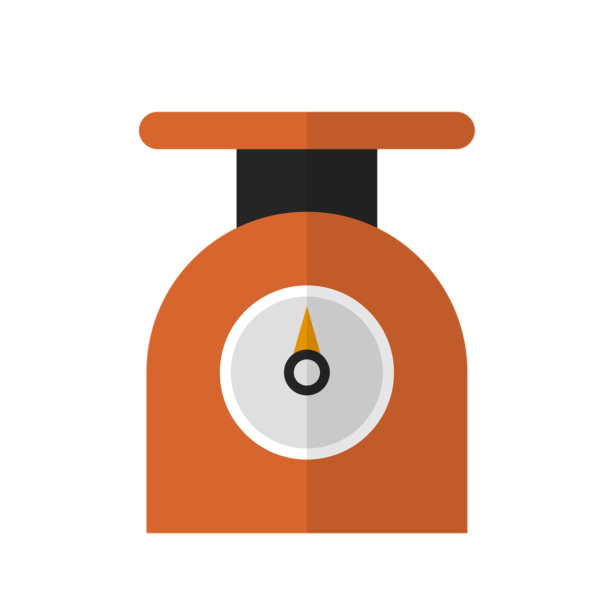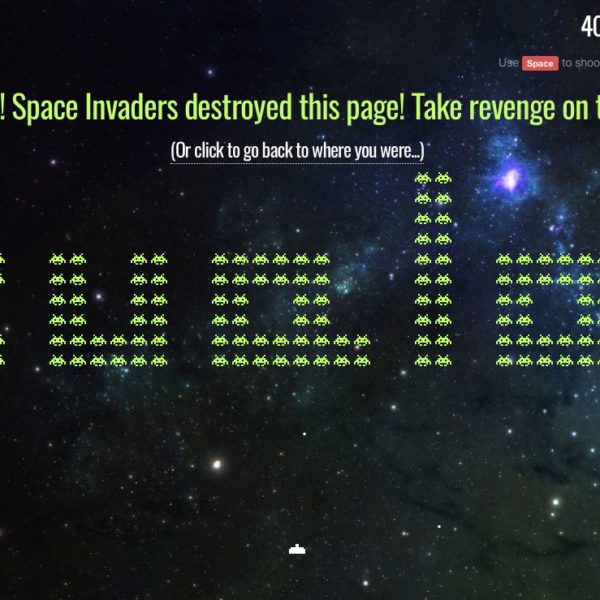
The best way to understand your content is by auditing it. It’s a simple process of taking out that digital clipboard to tick what you’ve got and what you need.
While there are several purely quantitative methods (content age or visitation), a content audit is the best way to test those opinions like “All our content is stale” or “No-one ever uses our content”. It gives you the hard evidence that equips you for content improvement, migration or even killing off large parts of your website.
Brace yourself. A content audit means going through your content page by page (by page, by page…). If your site is particularly large, you might want to start with a small, representative sample – say all of the About section. Start with that to get a snapshot of your content and how it’s structured. But a full content audit is your chance to get a deep understanding of your content that should help form your content strategy for the next five years.
Creating the Content Inventory
The first step is to create the content inventory. This term is used variously but here it refers to the raw information before it has been analysed and it usually comes from a reporting engine (and even just a report from your CMS). If you’ve done a content audit before, you’ll know this as The Hellish Spreadsheet. It will take you through every page on your site – and that’s a good thing.
Throughout this whole process, keep in mind that this is unearthing problems your users have been putting up with for years. Or worse – they’re not putting up with them and going somewhere else. Doing a detailed content audit is a no-pain, no-gain process but, just like hitting the gym regularly, you’ll appreciate it come swimsuit season.
There are plenty of tools for generating The Hellish Spreadsheet. Try Screaming Frog’s SEO Spider (free for less than 500 pages), or URLProfiler (reasonably priced with great features for SEO).
To ROT or TRACC?
What you’ll get from these spreadsheet tools is the raw data to analyse: page name, URLs and location in the IA are common attributes. But the real work is in applying criteria to see what’s really valuable on your site. The most common criteria are ROT (Redundant, Out-of-Date or Trivial) which was pioneered by Rick Allen from Meet Content in 2011.
At RMIT University, we started with the ROT criteria but had a few other things to consider. For starters, no stakeholder wants to hear that their content is ‘trivial’. So we came up with TRACC:
Timely – is the content likely to be especially useful at particular points of the year?
Relevant – does this content support a user need?
Accessible – does it meet W3C guidelines?
Current – is this the most up-to-date information?
Compelling – does it engage users and meet principles of good web writing?
As with any criteria, they range in their subjectivity, but by and large these criteria worked for the content and the audience. They gave RMIT’s web transformation criteria to help migrate to a new CMS and understand how content needed to be re-worked and maintained.
A content audit’s most important analytic
Analysis is nothing without follow up, so the most important column on any content audit is: Action. Here is where you make the tough decision about what to keep, kill or improve.
Keep: This means you need to maintain this content – check its currency and see if it is still relevant to your user. Look out for content that is described as “set and forget”. This usually means it has been created without any thought for change. It’s easy to get lazy with your content. But your users expect up to date content and look to your website as the authority on your organisation.
Kill: It sounds easy – but there’s more to killing than hitting delete. Consider in-bound links to the content or the timeliness that might mean it is the most important content at a particular time of year. For student users it might be an assignment coversheet that sees no traffic for months, then breaks the server the night before a submission date.
Improve: And this is the best action of all, but the most labour intensive. This is where you fine-tune content to meet user needs which makes for a project all of its own.


